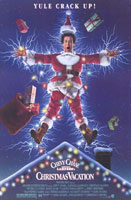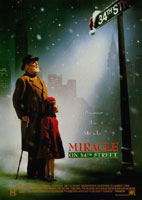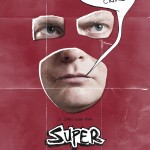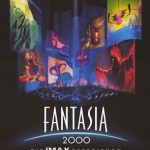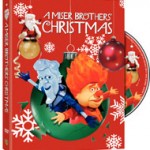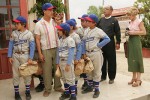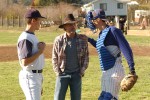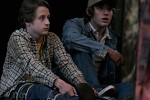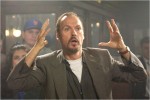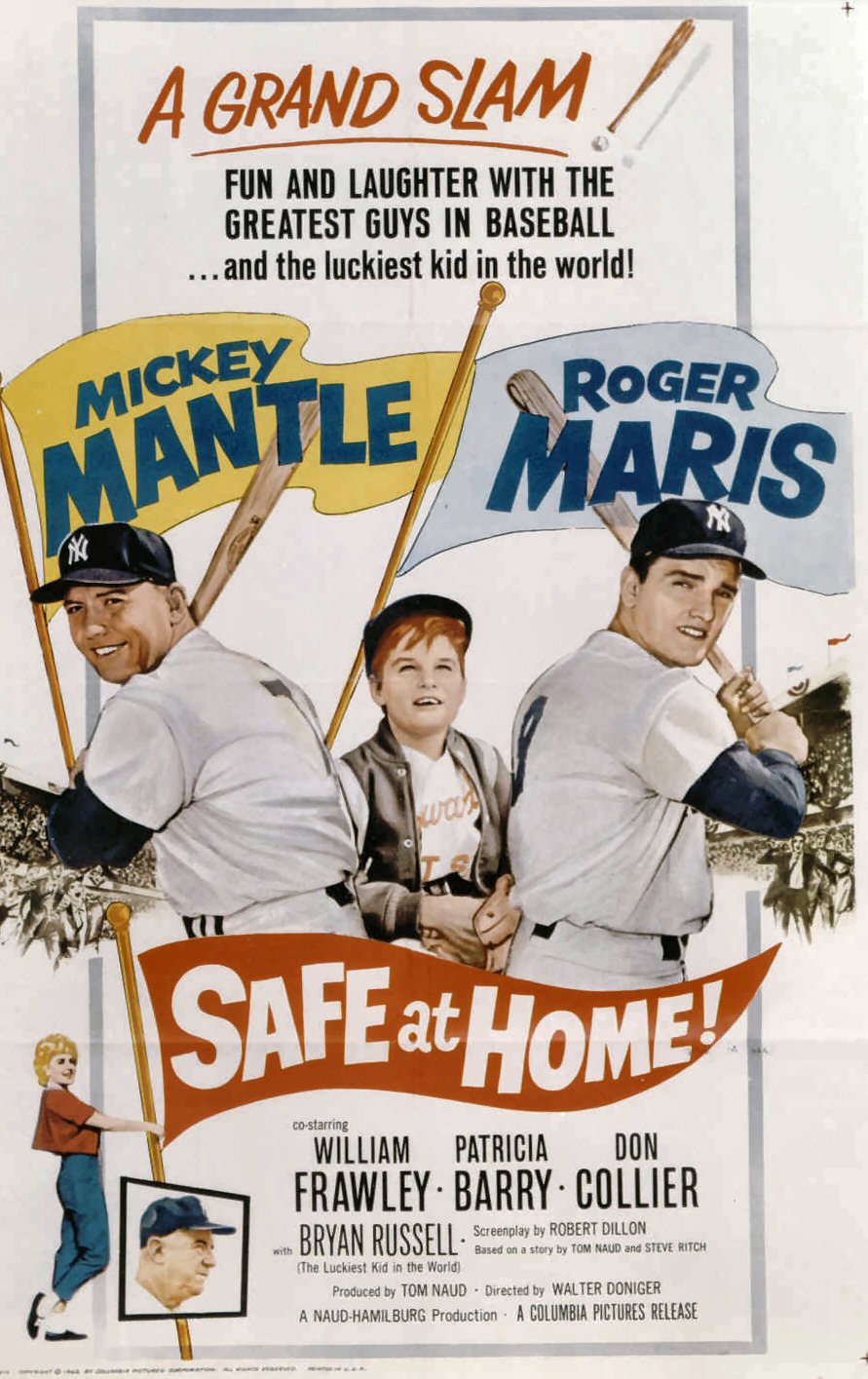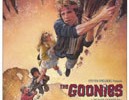The final minutes tick away slowly. The person next to you yawns. You yawn. They yawn. It’s almost over. Your stomach pangs, a reminder of the turkey, stuffing, mashed potatoes and pie that await you. Thoughts of football and Santa Claus parades and leftovers flash through your mind.
One.
Two.
Three.
Seconds pass.
Finally, the time arrives. Time to leave. Time to get home. Almost time for turkey, football and parades. Family too. Thanksgiving is here. But first you have to get home. The packed elevator, crowded sidewalks and lack of taxis hints that maybe everyone got off at the exact same moment.
For Neal Page (Steve Martin), this is the turning point in what will become the worst string of luck he has ever had. A series of circumstances pairs him up with Del Griffith (John Candy), a sad sack shower curtain ring salesman. The pair must battle all sorts of transportation and weather challenges to make it home from New York to Chicago in time for Thanksgiving dinner.
John Hughes’ Planes, Trains and Automobiles is the launching point for a film buff’s holiday season. Like Trading Places, the film contains one of the best comic pairings for an entire generation, pitting Martin and the late Candy together in complete disharmony. Neal is a pretty bland guy. Working for an advertising agency he wears a suit to work, has a nice house out in the ‘burbs and he brings home a nice and consistent salary. Del, on the other hand, spends most of his time on the road, playing salesman to hotels, motels, inns and anywhere else bulk shower curtain rings might be needed. At heart, Del is a sweet guy. So sweet in fact, you don’t want to be around him.
The conflict lies within Neal and Del’s opposition to one another. Although the constant stream of transportation hell provide constant problems, it wouldn’t have been nearly as entertaining if Neal and Del got along. Neal is confident in himself and his abilities. He’s comfortable in knowing his position in life. Neal is more the smelly teddy bear type. He considers others, but really only takes care of himself. Del is ambivalent to the world around him if his basic needs aren’t first met. This causes many scenes as things uncomfortable feet are a problem to Del and death by gagging for Neal. In this instance, Del must first be comfortable before he can even think of helping Neal. Off come the shoes. Next up is war.
Planes, Trains and Automobiles works so well because both characters are easy to love. If they were both jerks, you wouldn’t care if they missed their plane or if a train broke down. You’d declare come uppance instead. But both are sympathetic losers instead. Neal has a family that he misses and calls them often to check in whenever possible. He shows visible sadness when his Thanksgiving plans are thrown into doubt. Del puts out a picture of his wife every night and gives great speeches on why he is a great man, even when all Neal sees is the most obnoxious thing in the world after stupid live-action TV shows that got spun off in cartoons (Punky Brewster, Happy Days and Gilligan’s Planet) to name a few.
This film is a showcase for the natural talents of Martin and Candy, who both show off their specific gifts: Martin and his snarkiness and physical reactions, Candy with his ability to talk with innocence and imply something else completely. With Planes, Trains and Automobiles, Hughes transitioned away from high school comedies and into explorations of more wholesome themes surrounding family and the potential separation of families at times of traditional celebration. This would come through even more in Home Alone, but that was still a couple of years away at the time. Still, it was a departure from the familiar stomping ground of high school, the environment that made Hughes famous. Planes, Trains and Automobiles showed that Hughes wasn’t in fact some man-child searching for the reasons for his adulthood discontentment. Hughes is finally an adult and proved his ability as both a writer and director by showing a dramatic shift in themes and humour style.
Trailer
